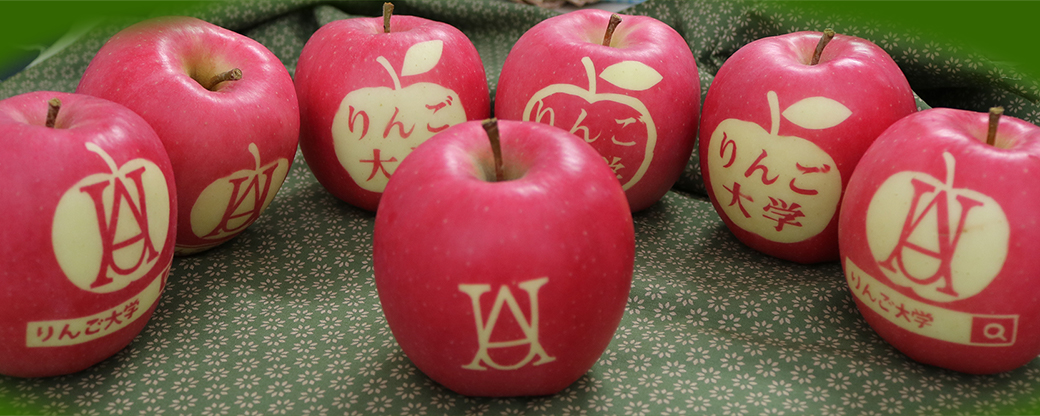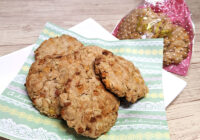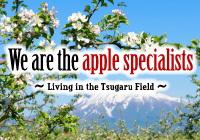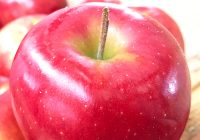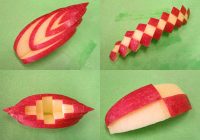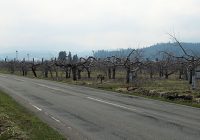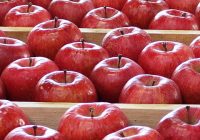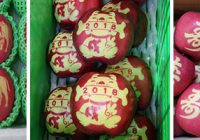Apple Cinnamon Cookie “Apple university kitchen”
Here is “Apple university kitchen” to introduce recipes to use apple. Recipes to be introduced this time, simple taste “Apple Cinnamon Cookie“. This is quite easy because of no egg and butter and no “rest”.Simple and crispy taste may be addictive. Apple Cinnamon Cookie【Ingredients】 (12 pieces) 1/2 Apple 120g flour 60g oatmeal 1 teaspoon cinnamon powder A pinch of salt 2 tablespoons sugar 5 tablespoons of olive oil 【Instructions】 1. Remove core an apple, cut into 5mm cubes with the skin.Fly in a frying pan to remove moisture.Preheat oven to 180. 2. Put flour, oatmeal, sugar into bowl with sifting.Add cinnamon powder and salt then mix the whole.Add 1 and olive oil then mix quickly with a rubber bee… Read More »

